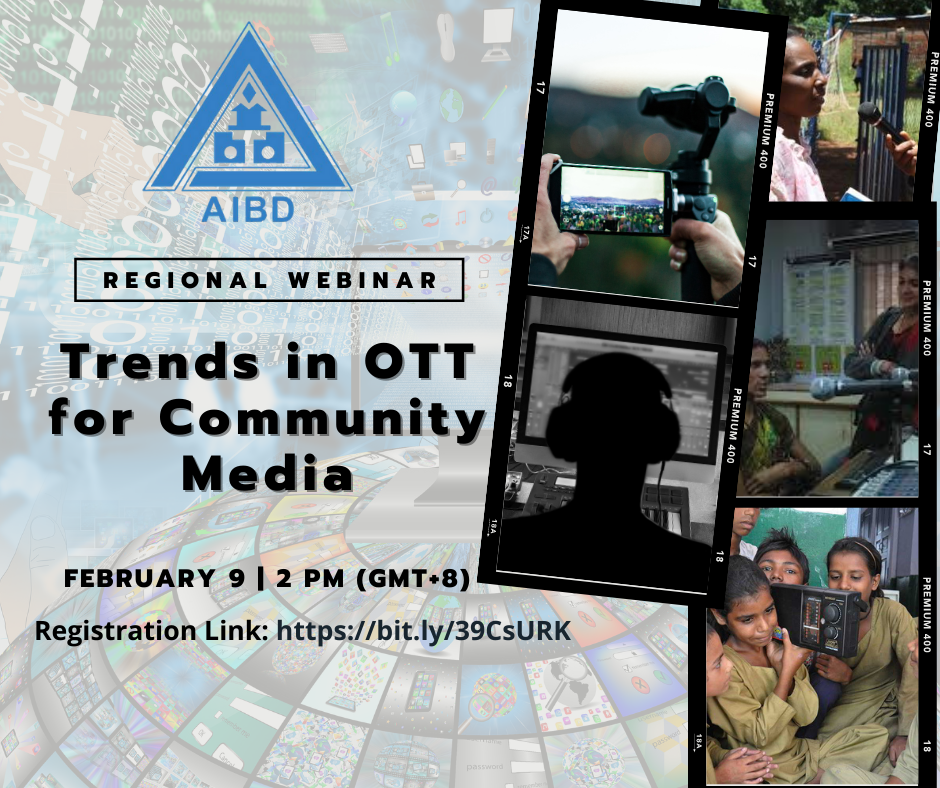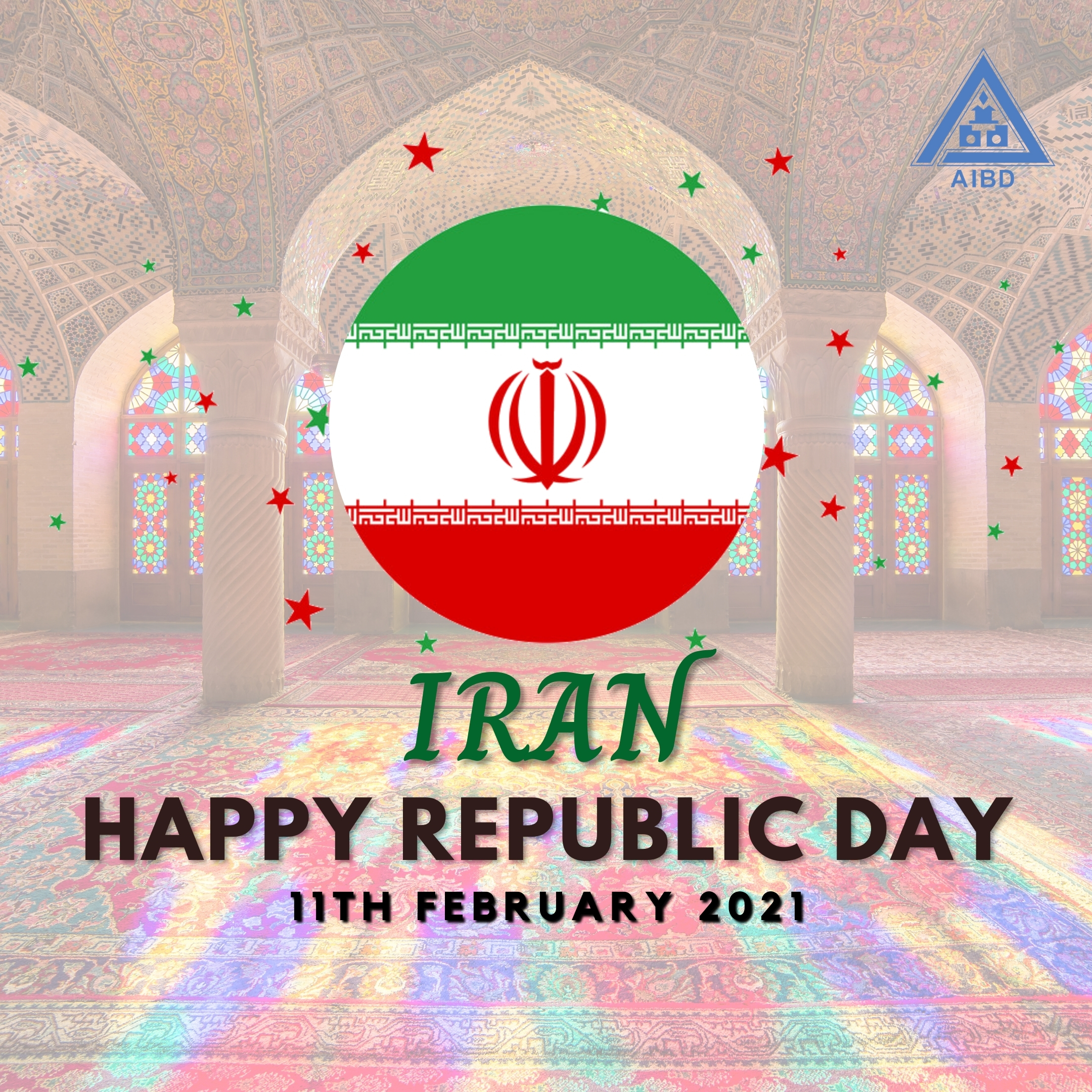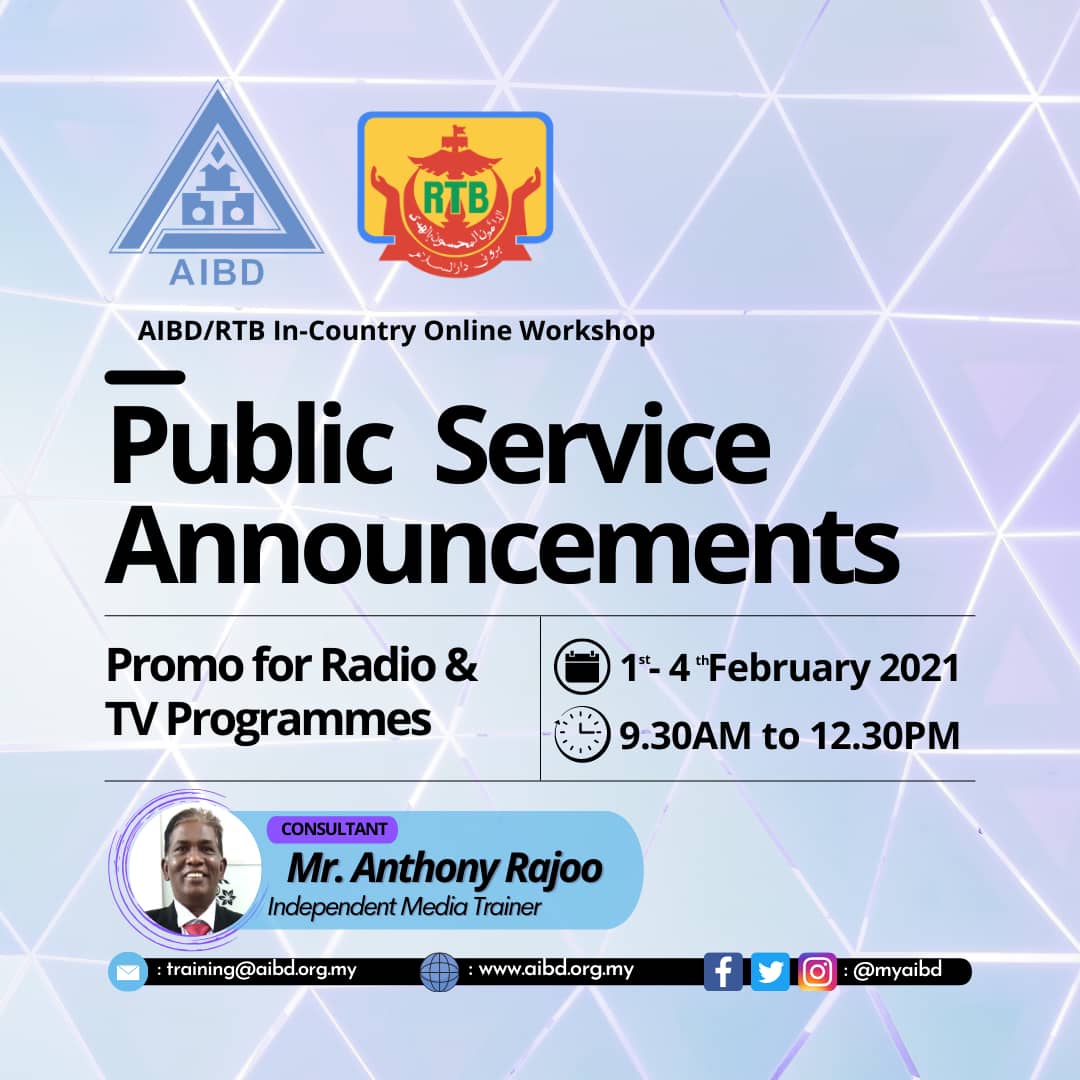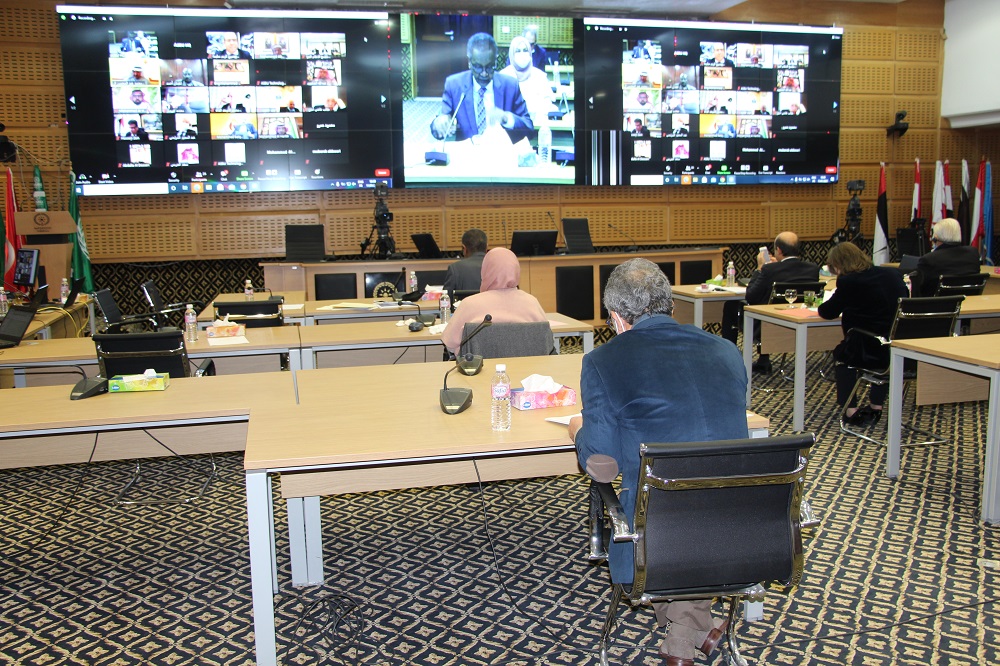Ms Philomena Gnanapragasam, Director AIBD, called on the Ambassador of Russia in Malaysia, H. E. Naiyl Latypov in Kuala Lumpur on 1st March 2021.
H.E Naiyl Latypov showed his interest to collaborate with Asia-Pacific Institute for Broadcasting Development (AIBD) to promote cultural exchange initiatives.
H. E Naiyl has been in Malaysia from Dec 2019 and expressed his congratulations to AIBD for actively working on programmes and training during these pandemic.
AIBD Director Meets Ambasssador of Russia to Malaysia
Ms Philomena Gnanapragasam, Director AIBD, called on the Ambassador of
AIBD Director Meet Ambassador of Netherlands
Ms Philomena Gnanapragasam, Director AIBD, called on the Ambassador of
Brunei Darussalam – National Day 2021
We take this opportunity to present our best compliments to
AIBD Regional Webinar on Trends in OTT for Community Media
AIBD organised a regional webinar on the latest trends in
Happy Republic Day to IRAN
AIBD takes this opportunity to wish IRAN a very Happy
AIBD-RTB Webinar – Creating meaningful PSA’s
By: Anthony Rajoo Independent Consultant The current global pandemic has affected many
73rd Independence Day of Sri Lanka
AIBD would like to take this opportunity to wish Sri
Media at the time of Covid-19: Checks and Balances
The Arab States Broadcasting Union (ASBU) organized on Thursday, January
The General Assembly discusses ASBU’s annual activities, approves its work plan for the next year
The General Assembly of the Arab States Broadcasting Union (ASBU)
AIBD/ EBU/ RTB In-Country Online Masterclass on Data Visualisation
COVID pandemic is said to be the biggest data story











